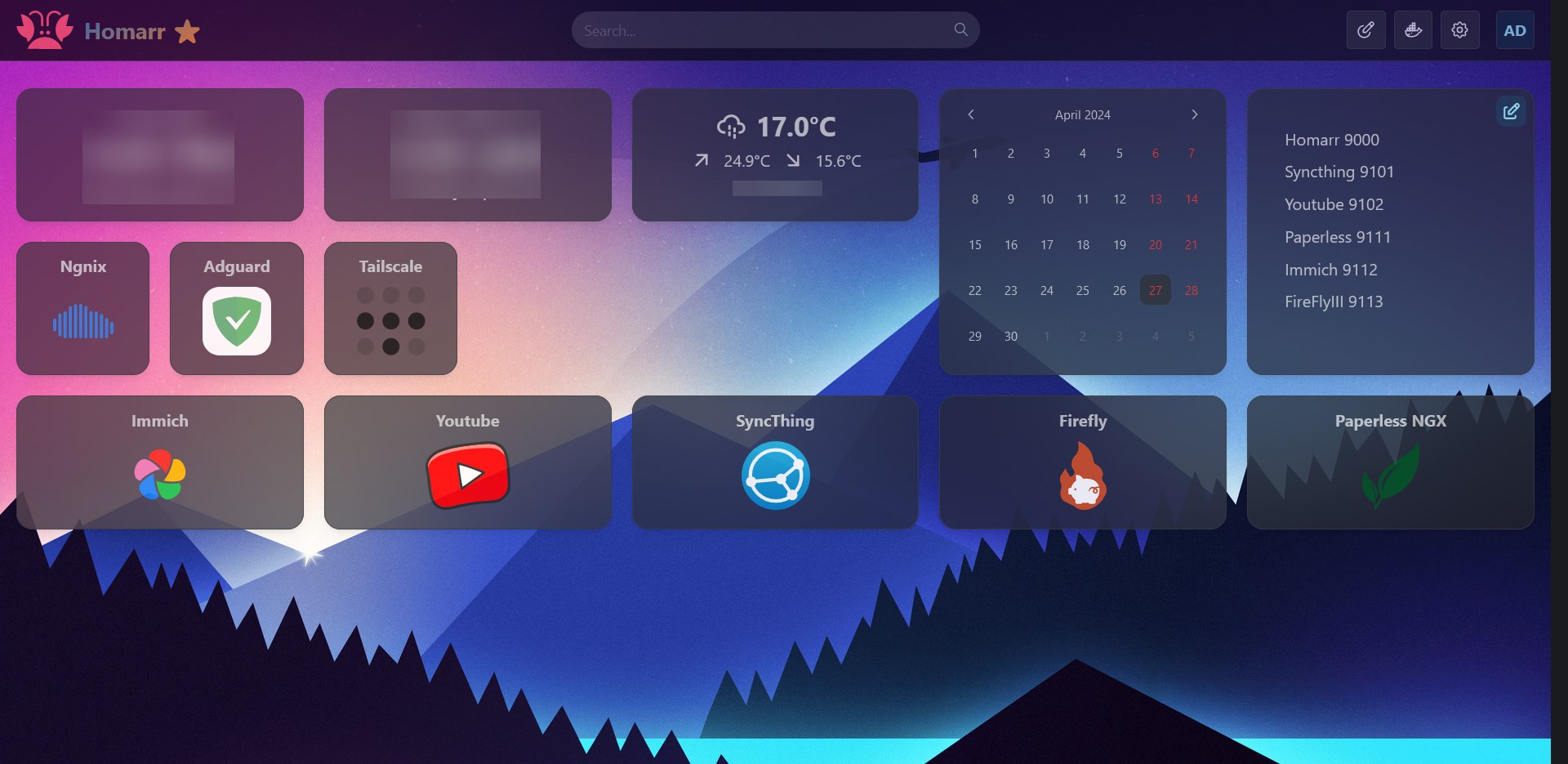Selfhosted
A place to share alternatives to popular online services that can be self-hosted without giving up privacy or locking you into a service you don't control.
Rules:
-
Be civil: we're here to support and learn from one another. Insults won't be tolerated. Flame wars are frowned upon.
-
No spam posting.
-
Posts have to be centered around self-hosting. There are other communities for discussing hardware or home computing. If it's not obvious why your post topic revolves around selfhosting, please include details to make it clear.
-
Don't duplicate the full text of your blog or github here. Just post the link for folks to click.
-
Submission headline should match the article title (don’t cherry-pick information from the title to fit your agenda).
-
No trolling.
Resources:
- selfh.st Newsletter and index of selfhosted software and apps
- awesome-selfhosted software
- awesome-sysadmin resources
- Self-Hosted Podcast from Jupiter Broadcasting
Any issues on the community? Report it using the report flag.
Questions? DM the mods!
view the rest of the comments

Congrats !!!!
Only one day? Lucky you ! It took me a whole week to get it to work with self-signed ssl certificate behind Traefik + docker + Adguardhome.
Adguard home rewrites and the correct certificate configuration solved most of my isues (android can be picky with self-signed root certificates). But I learned ALOT through the whole week, so I didn't waste my time :).
I hope you too learned alot :) but if I may, I would switch from AdguardHome to Pi-hole.
I know... AdguardHomes functionalities and UI are awesome and overpass Pi-Holes' but since I saw they add some strange trackers and very sketchy DNS request in their AdguardVPN android application, I don't trust them anymore !
I just finished the SSL today, but have you gotten Syncthing GUI to work though? I can't seem to get it to work with the domain for some reason.
Hummm, I have a syncthing instance in a docker compose, so yeah I can access it through my ssl domain (https://syncthing.home.lab) but traefik takes care of everything.
Now if it's on your local machine you're trying to use your SSL certificate I don't know, I always access it through the local ip (127.0.0.1:8384).
If I had to guess or give it a try, I would point the IP to my dns through my host file on my machine. But that's just a wild guess :/
I think syncthing has a good documentation about it :)
You could use split DNS on your router (or wherever your DNS is) so that when you visit the syncthing address on your local network, you’re being directed to traefik.
I use a domain override in pfsense for syncthing.myhomelab.com which points to my reverse proxy’s local IP.
I can access using the local ip but I can't access using the ssl domain, I can access it but I can't login for some reason. I can't figure out how to fix it